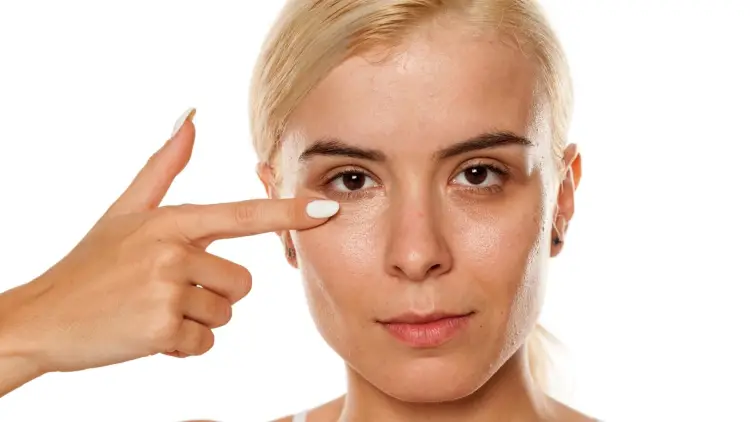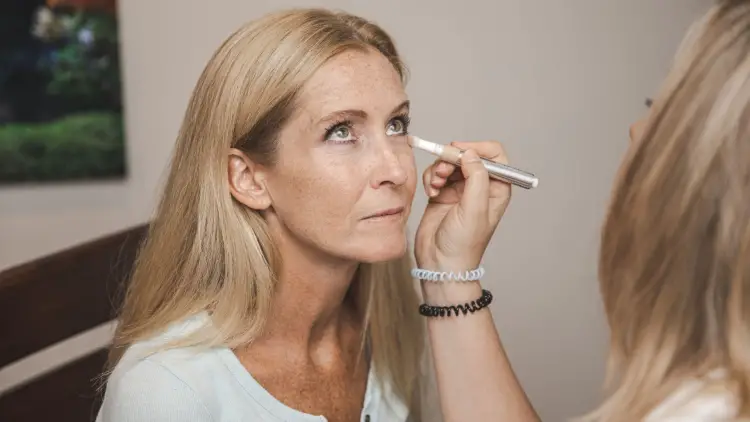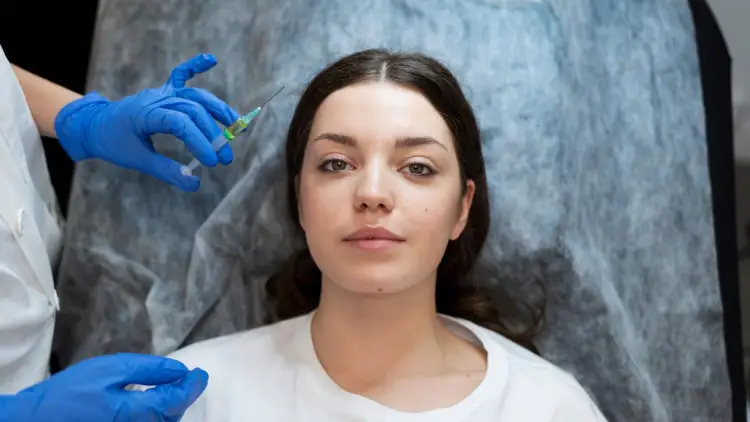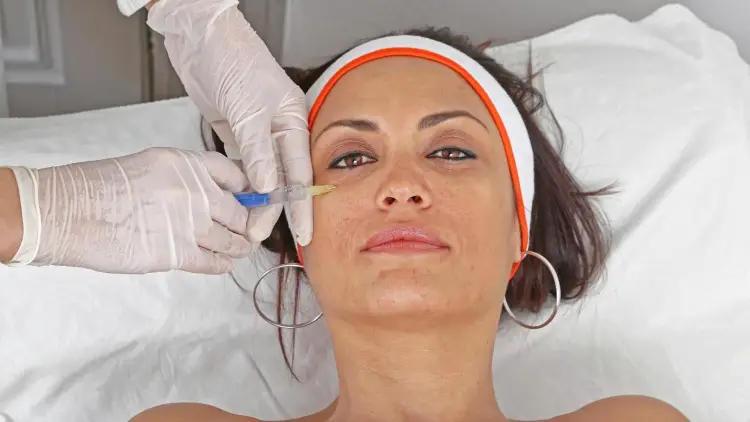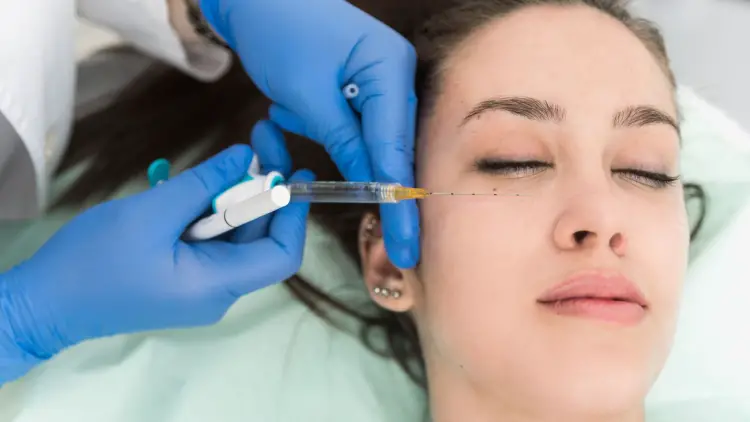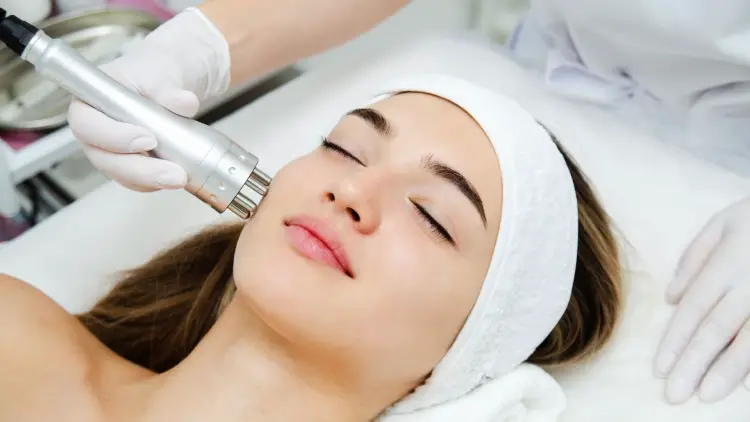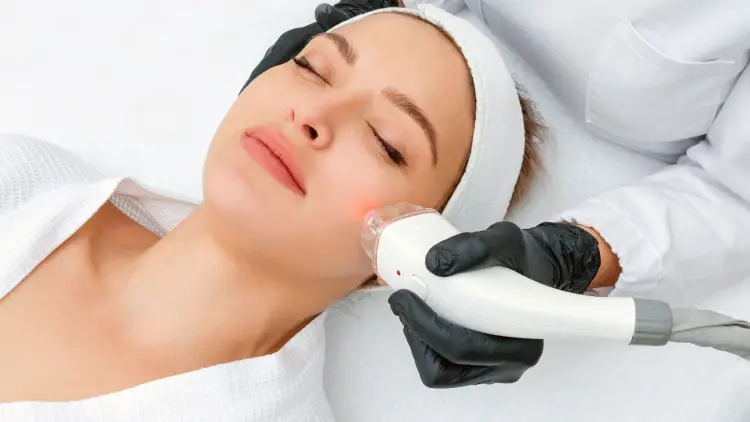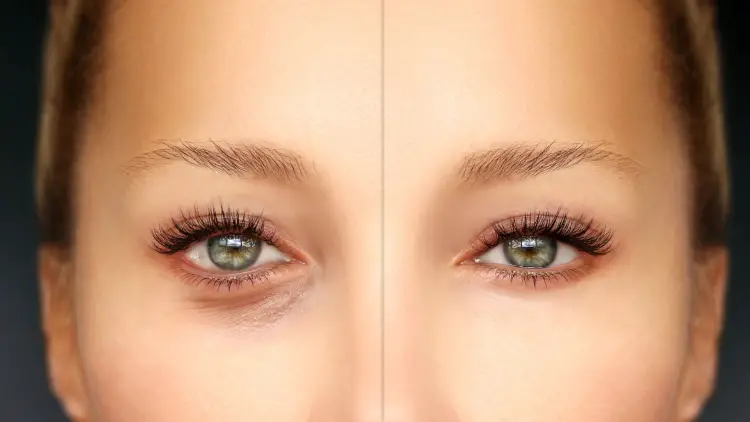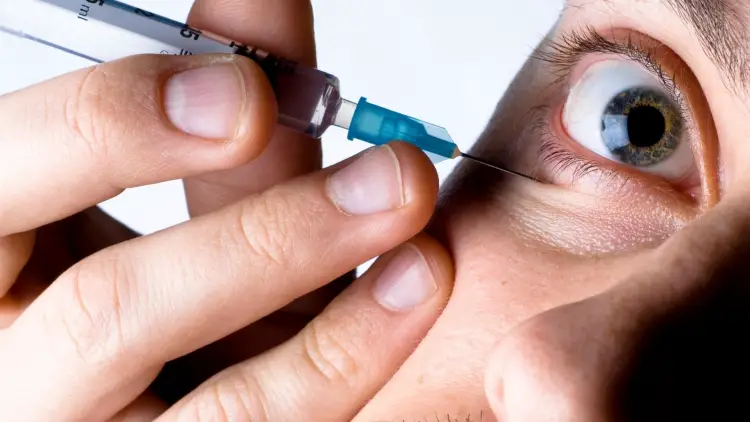As you age, you will experience dark circles under the eyes. Most people aged 50 and over experience one form of dark circles or periorbital dark circles – some experience puffy eyes in the morning, some experience under-eye bags, while some may experience dark circles properly. To ensure you know what your dark circles are and what you can do to reduce their visibility, read on and let’s see what you can do to restore youthful looks.
What Are Dark Circles – Periorbital Dark Circles?
Dark circles or periorbital dark circles are dark circles around your eyes that you may develop as you age, but they are not uncommon among younger people as well, especially in their preteens and teens. The term dark circles is used to stand for several types of changes that may happen in your eye area.
These changes include hyperpigmentation (dark circles proper), under-eye bags, puffy upper and lower eyelids, as well as eyelid ptosis. As all these types of changes around the eye happen for different reasons, we will try to explain them all. Here is how to recognize dark circles:
- Dark circles are the result of the skin getting thinner and paler as you age. Pale skin is more translucent, and your dark blood vessels will be more noticeable under this kind of skin. This type of dark circles also happens in teen and preteen years, especially as anemia may develop due to a very fast body development;
- Puffy eyes are the result of lymph collection in both the upper and the lower eyelid. This leads to the easy-to-recognize puffy appearance in the morning. It is only normal to get puffy eyes if they appear every morning. Getting puffy eyes seasonally may point out allergies, and getting them sporadically may include allergies to some foods, drinks, or some other agents from the environments.;
- Under-eye bags take time to develop. This kind of change can easily be seen in the form of a liquid-filled bag under the eye or covering the lower eyelid. The bag is not really filled with any liquid – this is mostly fatty cells, lymph, and dilated blood vessels.
What Causes Dark Circles Under the Eyes?
Those were the three basic types of changes around your eyes. Do not forget that only one of them can be called dark circles. As many people develop dark circles and may do so for a variety of reasons, it is a good practice to consider the factors that cause dark circles. If you have dark circles as well, these factors may pinpoint what you can do to reduce the appearance of dark circles on your face.
Genetics
Genetics plays a vital role in causing the dark circles or periorbital circles on your face. Genetics influences the width of your blood vessels, as well as your skin complexion and how deep your blood vessels are placed. Some people with a stronger pigmentation may also develop dark circles in the form of simple hyperpigmentation of the lower and upper eyelid skin. In this case, there is no need to worry about genetics too much, as there are treatments that can significantly reduce dark circles.
Aging
Dark circles also appear as a sign of normal, biological aging. In this case, as you age, your collagen and elastin production decreases, making your skin thinner and more translucent. In addition to this, your subcutaneous fat deposits get thinner over time, making the skin even thinner and making your blood vessels even more prominent.
Sun Exposure
Sun exposure can increase your dark circles in more ways than one. First of all, sun exposure makes the skin thinner and plays with the normal aging process, speeding it up. Next, sun exposure can influence the way and location your skin produces melanin, the pigment that gives color to your skin. In this case, you will experience hyperpigmentation of the skin.
Diet
Your diet can also have a big say in how rested your eyes look and how prominent your dark circles are. If you tend to eat overly strong food, especially late in the evening, your sleep will suffer, leaving you with dark circles. Likewise, a monotone diet with a lot of processed food and low biological value will likely drop iron content in your blood, effectively causing mild anemia in dark circles around your eyes.
Allergies
Allergies can also cause dark circles, especially during spring and summer – as plants blossom, they release pollen, one of the most common causes of allergies and dark circles. Likewise, allergies to pets, dust, and certain materials can all irritate your nose and eyes; increasing the blood flow to the area is likely to increase how apparent your dark circles are.
Mechanical Stress
Mechanical stress is not something we think of very often, but it can also cause dark circles. Frequently rubbing your eyes can cause damage to the underlying tissues and cause mild swelling and dark circles. Likewise, mechanical stress can also irritate the tissues and increase the blood flow to the area for a short while.
How To Get Rid of Dark Circles Under Your Eyes?
As there are many reasons you may get dark circles, it is important to know the things you can do to reduce their appearance or even remove them altogether. To remove the dark circles around your eyes, you can choose between four basic types of measures. These include:
- Lifestyle changes,
- Topical solutions to get rid of dark circles,
- Nonsurgical methods to remove dark circles, and
- Surgical methods to remove dark circles.
These are on top of the more common skin care strategies for aging skin that everyone should know.
Lifestyle Changes
Lifestyle changes that you can undertake to reduce your dark circles include more sleep and a better diet. More sleep means sleep of better quality and better recovery during the night. Be careful not to overdo it, as too much sleep can cause puffy eyes and under-eye bag formation over the years.
A good diet will mean that your body is getting all the building blocks it needs to keep correcting the damage done by environmental factors and different kinds of stress. A good diet includes nourishment coming from different sources, as well as plenty of vitamins and minerals. Iron, for example, in combination with Vitamin C, can quickly help to reduce dark circles.
Topical Solutions – Best Eye Creams for Dark Circles
Hydration
Hydration is one of the most important things to consider when thinking about dealing with your dark circles. Hydration will keep the skin fresh and young. It will also increase the collagen and elastin content and will keep the skin thicker for longer. Know helpful ways to hydrate if staying hydrated is a challenge for you.
Skin Lightening Cream – Skin Bleaching
Skin bleaching is another way to get rid of dark circles, but you should be careful and try to understand that it can only improve dark circles if they happen to have hyperpigmentation issues. Skin bleaching works by reducing the pigment content in your skin, effectively getting rid of your dark circles. If in doubt, visit a dermatologist and be careful that many skin bleaching lotions can cause burns if not used properly.
Chemical Peels
Chemical peels can also help remove or reduce dark circles. Chemical peels (especially for aging skin) work by removing the outer layer of dead skin cells. This, in turn, speeds up cellular recovery and turnover rate and makes the cells reproduce faster. This results in lower pigmentation levels and slightly thicker skin that is not as translucent.
- ANTI-AGING RESURFACING PADS: A gentle yet effective treatment that exfoliates and moisturizes the skin, reducing the appearance of fine lines and improving texture. They encourage smoother looking skin without irritation.
- BOOSTED WITH VITAMINS B5, C & E – Powerful antioxidants that will leave your skin fully hydrated and that will help repair photo-damage from UV rays.
Nonsurgical Methods for Dark Circles
PRP for Dark Circles
Platelet Rich Plasma is the first and the most widely used nonsurgical procedure to remove dark circles. The procedure injects your own PRP – platelet-rich plasma into the skin, making it plumper and fuller. You can also be injected with a mixture of your own plasma and hyaluronic acid – doubling the effect and ensuring almost-instant results.
Under Eyes Filler
Under-eye fillers are also commonly used. In some people, the lower eyelid area and the area beneath it (spreading from the nose to the cheekbones, has very little fat. The result is a sunken area that looks darker and makes your whole face seem much more tired than you actually are. Fillers, such as silicone-based inserts and hyaluronic acid, do marvel at restoring the volume of the area.
Thread Lifting
Thread lifting is another common procedure that can reduce your dark circles. The threads are inserted via a needle, but this is not a surgical procedure. The threads give more support to the tissues in the area and reduce under-eye bags, give more volume to the area and reduce the tired look you may have had for years.
ULtherapy
ULtherapy is Ultrasound Therapy that is commonly used for its facelifting properties. The therapy delivers a lot of heat to the deeper layers of the skin using ultrasound waves. As the waves heat up the skin and the muscles, collagen production is induced, giving you a firmer, more pleasant look to your dark circles and undereye bags over the course of the next several weeks.
Laser Treatment
Laser treatment in dark circle removal can be used in two ways. First of all, you may want to use skin tightening laser to reduce the size of your under-eye bags. Next, you may use a laser that will shrink your blood vessels and ensure less of a dark appearance of the skin.
However, if you have issues with hyperpigmentation of the skin itself, you may use lasers that target the pigment in the skin. These lasers are usually used to remove sunspots (liver spots) but also give good results in dark circles.
Surgical Methods for Dark Circles
Lower Blepharoplasty – Lower Eyelid Surgery
If you find that none of the above nonsurgical methods of removal of dark spots has worked for you, you may want to try some surgical methods. In a lower blepharoplasty procedure, for example, your specialist plastic surgeon will make inconspicuous incisions at the top of your lower eyelid, just under the eyelashes.
They will proceed to remove fatty tissue deposits and may use injectable agents to constrict some of the blood vessels, moving the blood flow to deeper tissues with healthy blood vessels.
Fat Transfer Procedure
If the opposite is the case, and you have sunken lower eyelids, you may want to speak with your experienced plastic surgeon and see if they can do a fat transfer to this area. In this procedure, your plastic surgeon will remove some fat from another body part (under the chin, for example).
Once the fat is purified, the surgeon will then proceed to inject it into the lower eyelid, filling out the space and giving it more volume.
Dark Circles FAQs
How Can I Remove Dark Circles?
There are many ways you can remove your dark circles. The most common ones include laser treatments of hyperpigmentation areas, as well as other nonsurgical procedures, such as using under-eye fillers and PRP treatments.
Beware that the procedure that has worked for your friends may not work for you and vice-versa. For this reason, it is necessary to consult a plastic surgeon or at least a dermatologist beforehand.
Are Dark Circles Permanent?
Dark circles are usually permanent, but not always. If you have dark circles for hereditary reasons, as well as due to issues with under-eye blood vessels or general hyperpigmentation, your dark circles will be permanent.
However, if you experience dark circles due to anemia, other medical conditions or diseases, or during a period of little sleep and a lot of stress, you may be able to treat them without a surgical procedure.
What Is the Main Cause of Dark Circles?
The main cause of dark circles is anemia in young people and blood vessel changes in the elderly. In addition, you may have dark circles due to a lack of sleep if you have had a stressful period. In all these cases, the way to resolve the dark circles is different. For this reason, you should always consult a dermatologist and avoid self-diagnosing.
Is Vaseline Good for Dark Circles Under Eyes?
In some cases, Vaseline may be good for dark circles under the eyes. Although Vaseline per se has no effect on dark circles, it may help reduce them by keeping the under-eye skin moisturized. Vaseline captures all the moisture into your skin and helps restore its volume. This, in turn, makes the skin less translucent and helps hide dark spots.
Final Remarks
Dark spots can happen to anyone and at any age. For this reason, it is necessary to know about the different causes of your dark circles and how to treat them. In most cases, dark circles appear in people who are aging due to changes in skin morphology and thickness, as well as due to hereditary reasons. In any case, a simple consultation with your dermatologist or plastic surgeon will help you get rid of the issue once and for all.


